Of the Wound clover, popularly too common wound clover, Bear clover or Wound herb called, is widespread as a valuable medicinal plant throughout Europe. In traditional folk medicine, wound clover has a long tradition.
Occurrence & cultivation of wound clover

Medicinal herb collectors find wound clover mainly on slopes or at the edges of roads. In addition to Europe, the medicinal plant is also native to the Middle East and North Africa. The roots can bind nitrogen in the earth. The soil quality is decisively improved by the growth of wound clover. Because wound clover can protect the soil from excessive erosion.
In addition, wound clover is a fodder plant for wild animals and is also valued by honey bees during the flowering period. Wundklee is a perennial plant and can reach heights of up to 40 centimeters. The delicate, silky hair of the plant is striking. The pods of the medicinal plant are solitary, the end leaves large. The yellow calyxes with their typical red tips appear between June and September. With prolonged exposure to strong sunlight, the flowers turn more and more red.
Effect & application
It is possible to plant and cultivate wound clover in the garden for personal use. During cultivation, sowing is best done when a few weeks of cold weather can be expected in early spring. The seeds should be soaked in a little lukewarm water a day before sowing. Germination is slow and can take up to 2 months.
The most common mistake when growing in your own garden is that too shady places are chosen for the cultivation. However, the medicinal herb does not grow under these conditions. Unfortunately, the medicinal plant is less and less common in nature. It is therefore recommended to refrain from collecting, but rather to cultivate it yourself, which is not difficult with the right choice of location with lots of sun or in a greenhouse.
Anyone who still collects the wound clover in the wild should proceed cautiously and carefully pluck leaves and flowers so as not to damage the entire plant, because the wound clover is a perennial flower. After collecting the flowers and leaves, they should be immediately spread out in a shady place to dry.
Pharmacists recommend storing the flowers and leaves separately and only mixing them as a tea infusion during preparation. As a versatile medicinal herb, wound clover can not only be used to make tea. Fresh juice, salads or the traditional ointment preparation with lard for wound treatment are also common uses. When making tea, a tablespoon of the dried flowers with just a few leaves are scalded with 250 milliliters of boiling water.
A brewing time of 15 minutes must be observed to ensure that all valuable ingredients pass into the brew. The wound clover tea can be used as a cure with 2 cups daily in the morning and evening. The cooled tea can also be used successfully as a gargle solution for diseases and mucous membrane defects in the mouth and throat.
Externally, the tea preparation can also be applied in the form of compresses to poorly healing wounds or chilblains. A supplement with ribwort is recommended for wound healing.
Importance for health, treatment & prevention
As a traditional medicinal plant, wound clover has always had a high health-promoting and especially wound-healing potential in naturopathy. Successful healing has also been documented for a wide variety of intestinal problems or dry coughs. In pediatrics, too, preparations made from wound clover have proven to be helpful. The effect on wound healing was also confirmed by the so-called signature theory.
In ancient times, wound clover was also called Beschreikraut and was generally used to protect against evil influences. Although the medicinal effect has also been proven beyond doubt from a botanical point of view, the importance of wound clover for healing has declined significantly in recent decades. One reason for this is likely to be the ever increasing displacement of the medicinal plant by modern agriculture.
Hikers in particular can benefit from the healing power of the clover for minor injuries and abrasions. To do this, the wound is simply drizzled with the freshly obtained juice from a few leaves of the medicinal plant. The fresh juice is also suitable for treating cold sores or blisters on the feet. Wound clover salad should be prepared from leaves and flowers; this also serves as a preventive measure to strengthen the gastrointestinal tract and to stimulate the metabolism in general.
Botanical investigations were able to detect an extensive mixture of different groups of substances, including catechins, flavonoids, tannic acid, saponins and mucilages in the anthropoid clover. It seems the symphony and the totality of all these ingredients that make up the actual healing effect. The main indications for one application are dry cough and wound healing disorders of all kinds.
Successful healing has been documented even with large, purulent wounds or deep ulcers with gangrene. In addition, wound clover has a diuretic and stomach-tonic effect when used internally. Ready-to-use tea preparations that contain wound clover are also available from specialist retailers under the name blood purification tea. In the case of a sore throat, the symptoms subside quickly thanks to the antibacterial properties of the wound clover.

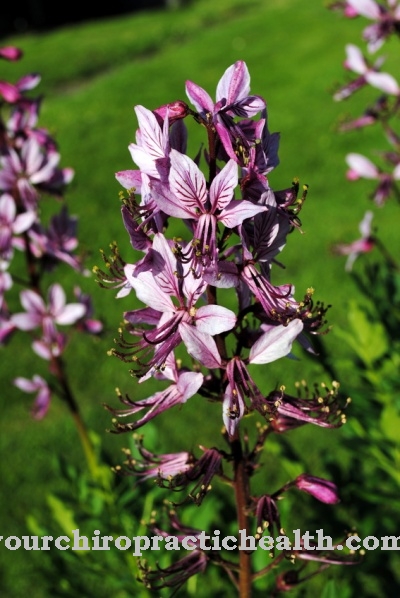

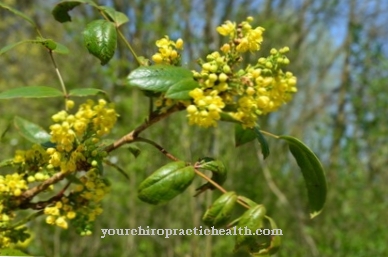
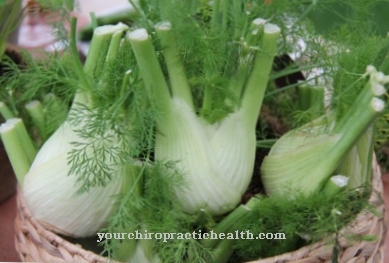
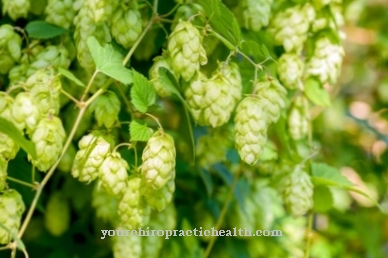
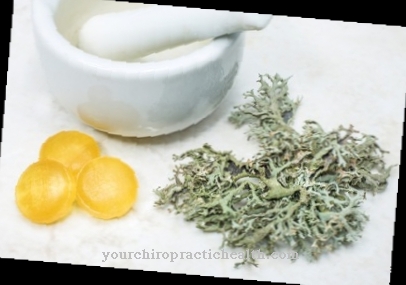


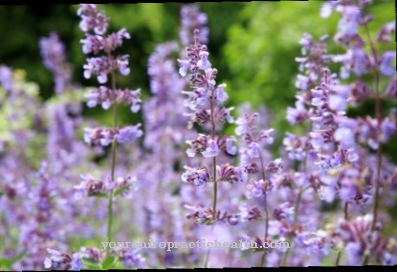






.jpg)


.jpg)

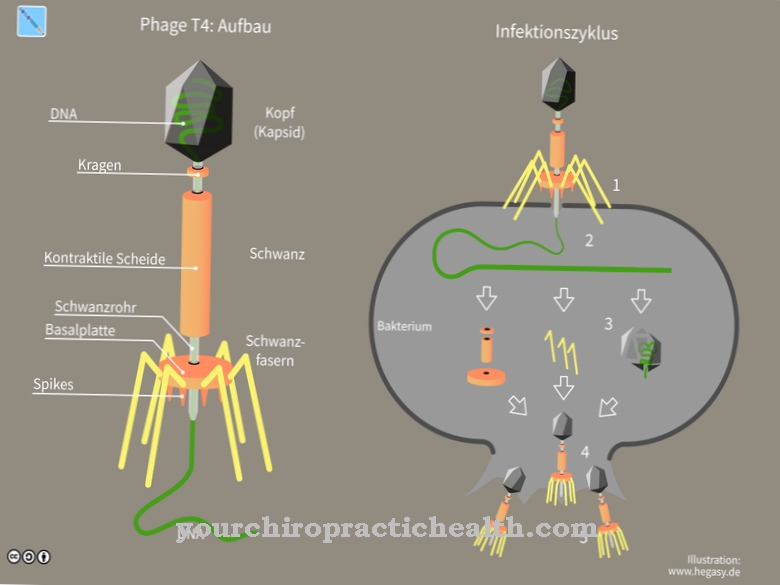
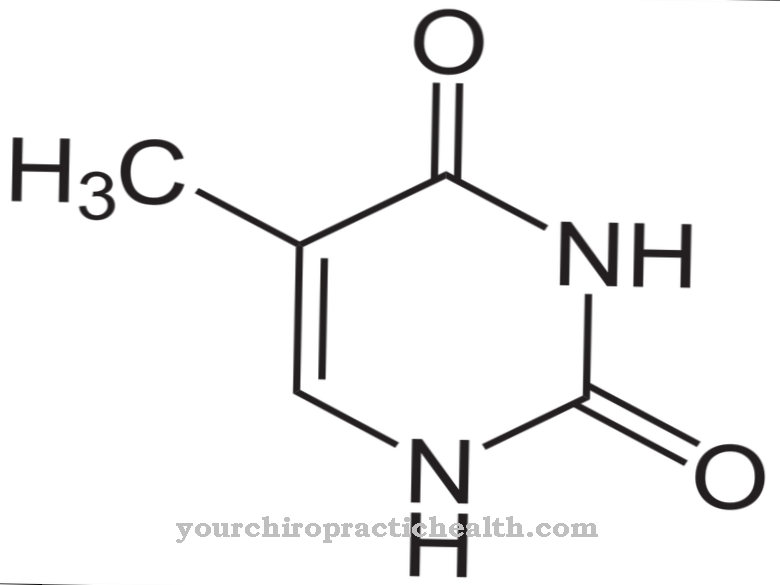



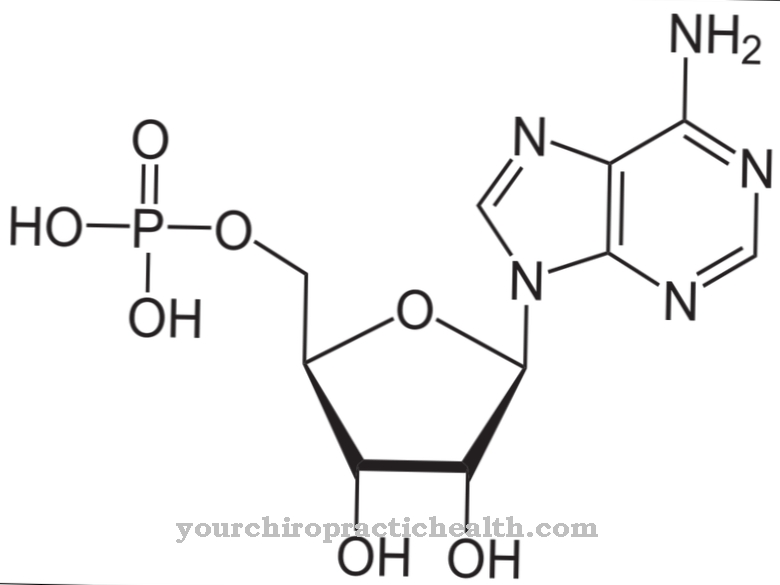
.jpg)
